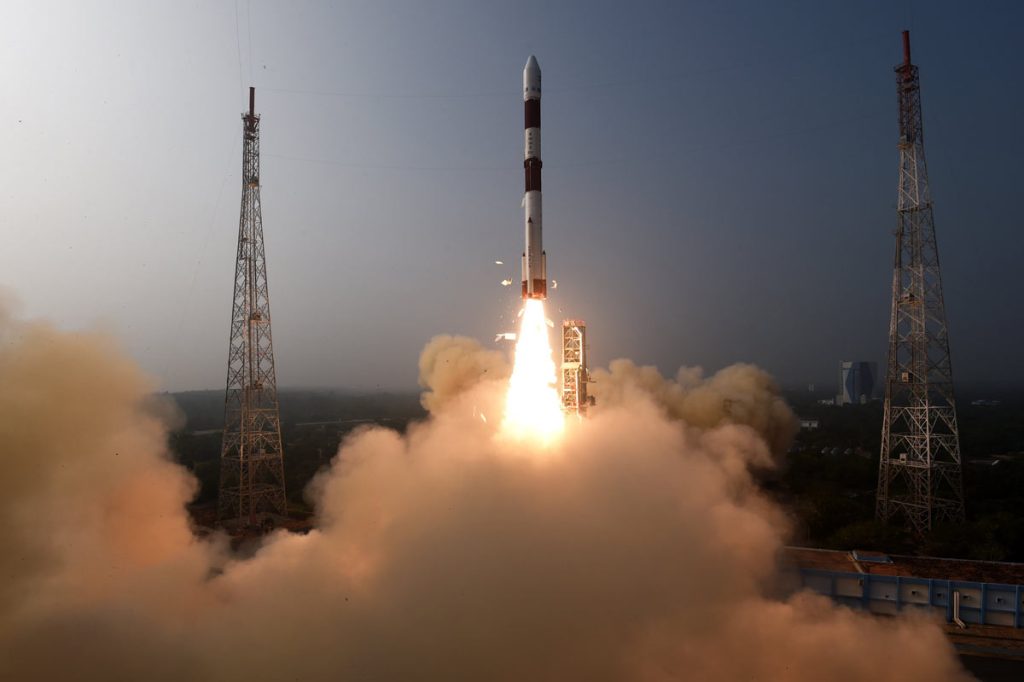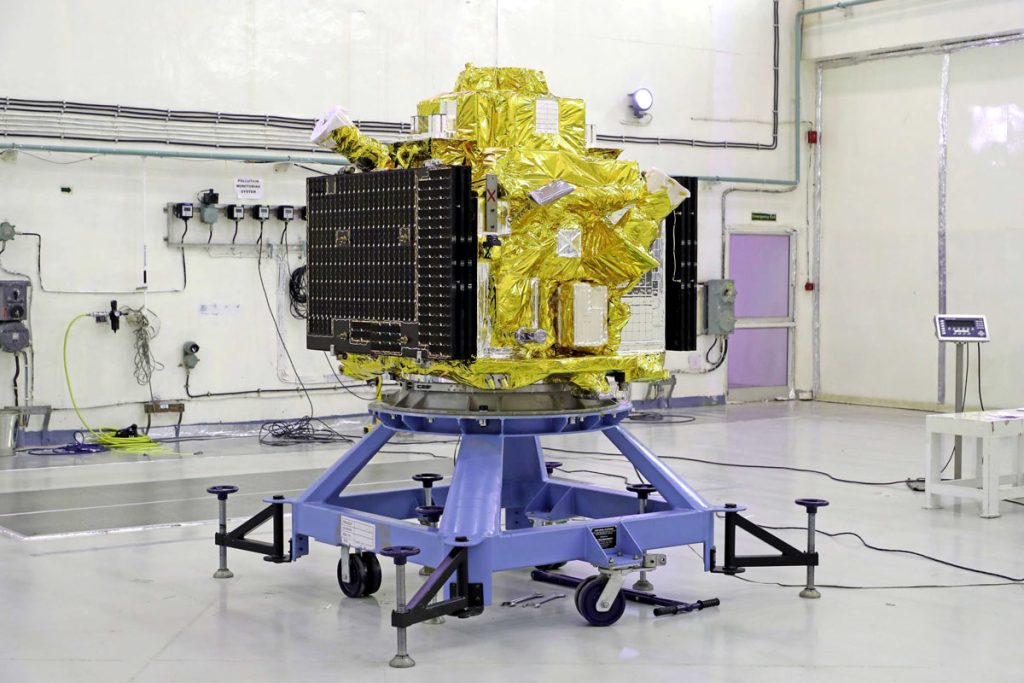
The Indian Space Research Organization (ISRO) started off the year 2024 with the successful launch of XPoSat (X-ray Polarimeter Satellite).
The XPoSat will use X-ray polarimetry to study the universe.
What did XPoSat carry?

XPoSat consists of two main payloads – POLIX (Polarimeter Instrument in X-rays) and XSPECT (X-ray Spectroscopy and Timing).
POLIX will measure the degree and angle of polarization of X-rays in the medium energy range (8-30 keV), and XSPECT will gather spectroscopic information in the soft X-ray range (0.8-15 Kev) to monitor spectral changes and behavior of X-ray sources.
Understanding the Universe
The satellite will study the polarization of X-rays emitted around the black holes and observe the magnetic fields and accretion disks.
The mission will also try to help the scientists understand the neutron stars. Also, analyzing the polarization of X-rays from supernova remnants will help understand the shock waves and magnetic fields generated during explosions.
Observing the X-ray emission from various objects is expected to provide insights into the evolution of galaxies.
The 25-crore rupee mission is expected to last five years.